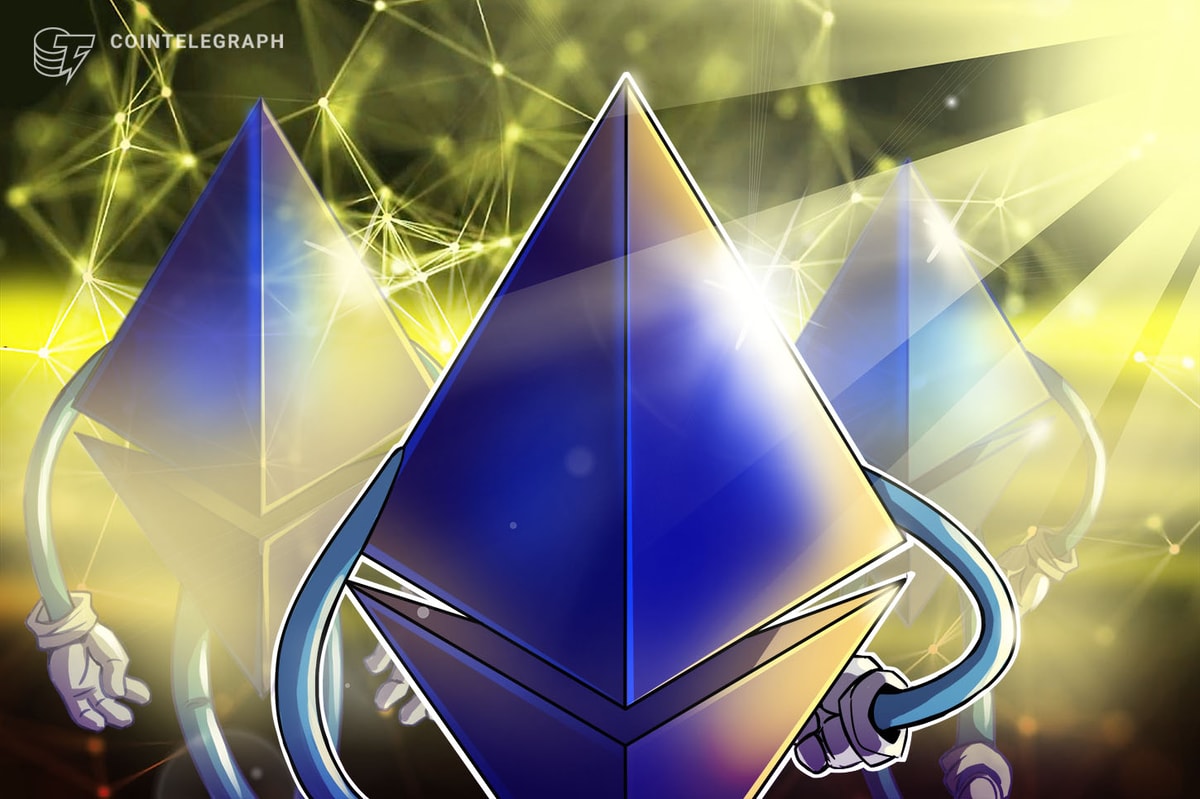
An unidentified subject on Ethereum’s Beacon Chain led to a problem with transaction finality for practically half an hour on Might 11.
Round 8:15 pm UTC on Might 11, plenty of Ethereum core builders introduced that the Beacon Chain was having points confirming transactions. New blocks have been capable of be proposed, however an unknown subject was stopping them from being finalized.
The beacon chain stopped finalizing about thirty minutes in the past. I do not know why but, however basically the chain is designed to be resilient in opposition to this, transactions will proceed as ordinary and finalization will kick in when the issue is resolved. pic.twitter.com/utAS0uAWpG
— superphiz.eth ️ (@superphiz) May 11, 2023
An identical subject occurred on March 15, the place low validator participation charges brought on a delay on the Goerli testnet version of Ethereum’s “Shapella” improve, which was successfully executed on mainnet on April 12.
The Beacon Chain is Ethereum’s authentic proof-of-stake blockchain, first launched in 2020. On Sept. 15, 2022, Ethereum’s pre-existing proof-of-work chain “merged” with the Beacon Chain, finalizing the community’s transition to a sooner and extra environmentally pleasant proof-of-stake consensus mechanism.
After 25 minutes the mainnet started finalizing blocks as soon as extra, with Ethereum core developer and Prysmatic Labs co-founder Preston Van Loon saying that “finality has been restored.”
Finality has been restored. We have no idea the foundation trigger but, however one thing occurred to trigger a number of shopper implementations to work actually arduous to maintain up with the chain.
— prestonvanloon.eth (@preston_vanloon) May 11, 2023
In response to data from blockchain analytics supplier Beaconcha.in, Ethereum epochs 200,552 to 200,554 witnessed a pointy and sudden decline within the variety of attestations.
An epoch is a interval of 32 “slots” throughout which validators suggest and attest for blocks. An epoch usually lasts about six minutes and 24 seconds.
The reason for the problem stays unclear, nevertheless Ethereum builders said that the issue is being investigated to stop it from occurring once more.
Associated: MetaMask rolls out ETH purchases via PayPal to US users
Following the incident, pseudonymous Ethereum advisor Superphiz noted that “shopper range” was one of many major causes that the lack of finality was so short-lived. Nonetheless, he additionally identified that the lack of finality may’ve been averted altogether if no shopper had greater than 33% management.
Consumer range refers back to the variety of software program purchasers out there to community validators, and higher range amongst purchasers means a safer and sturdy community for validators.
Journal: Here’s how Ethereum’s ZK-rollups can become interoperable

